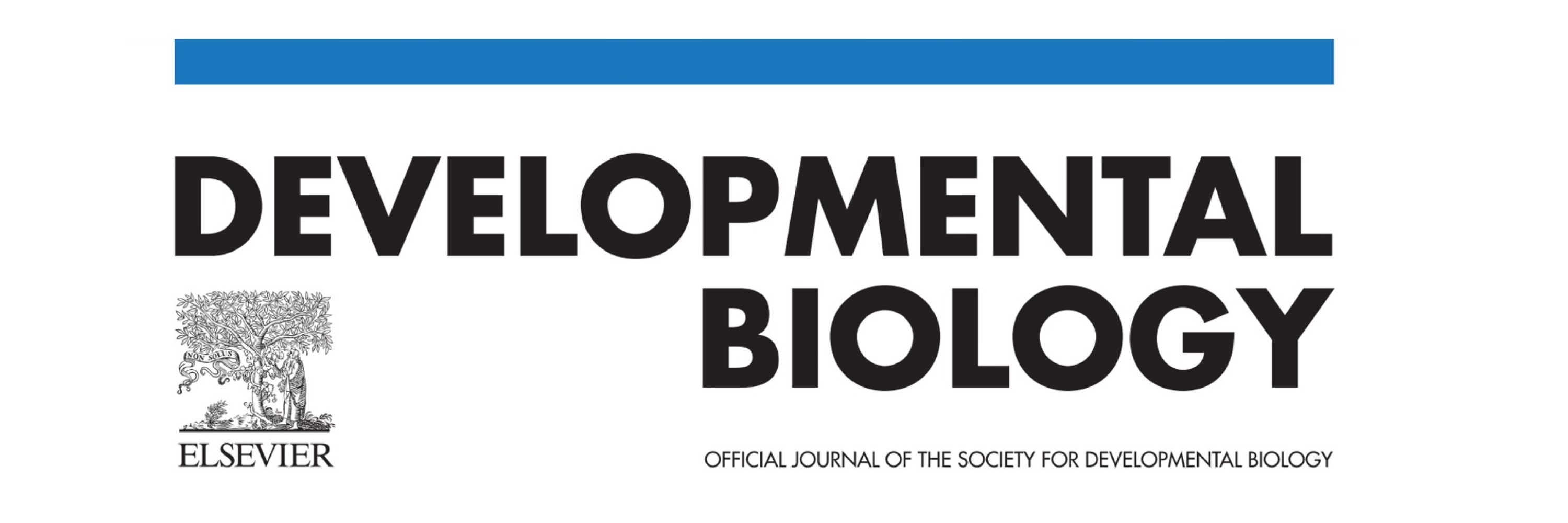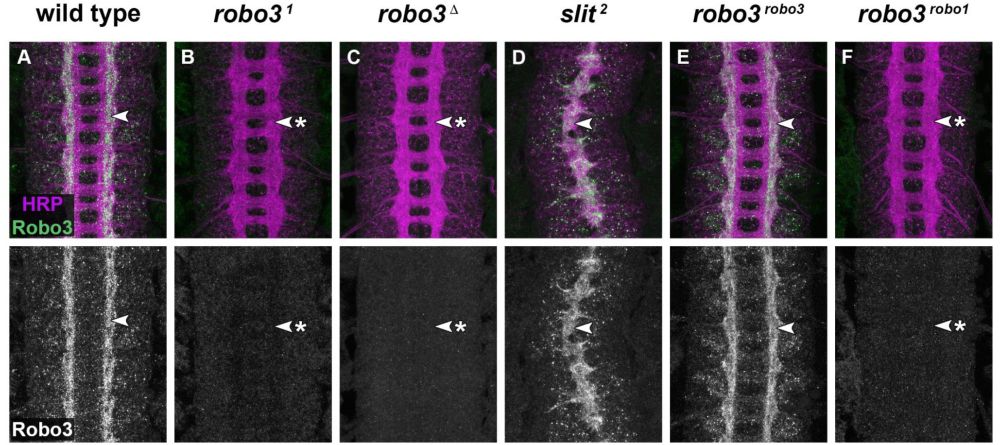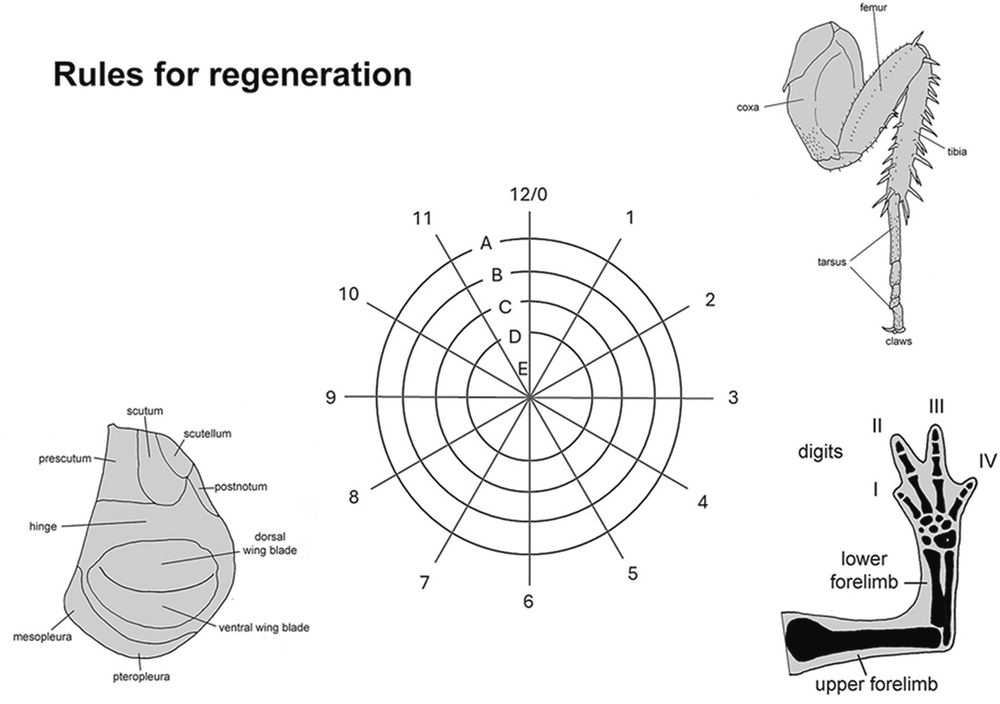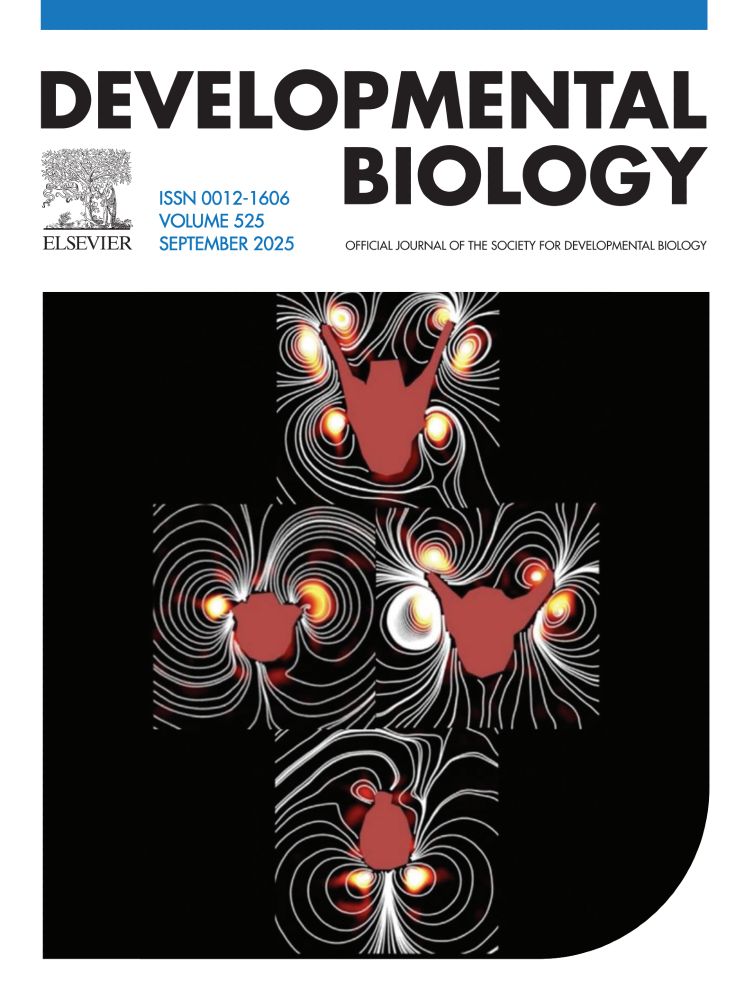Developmental Biology
@devbiol.bsky.social
3.3K followers
51 following
260 posts
https://www.sciencedirect.com/journal/developmental-biology
Posts
Media
Videos
Starter Packs
Reposted by Developmental Biology
Reposted by Developmental Biology




















